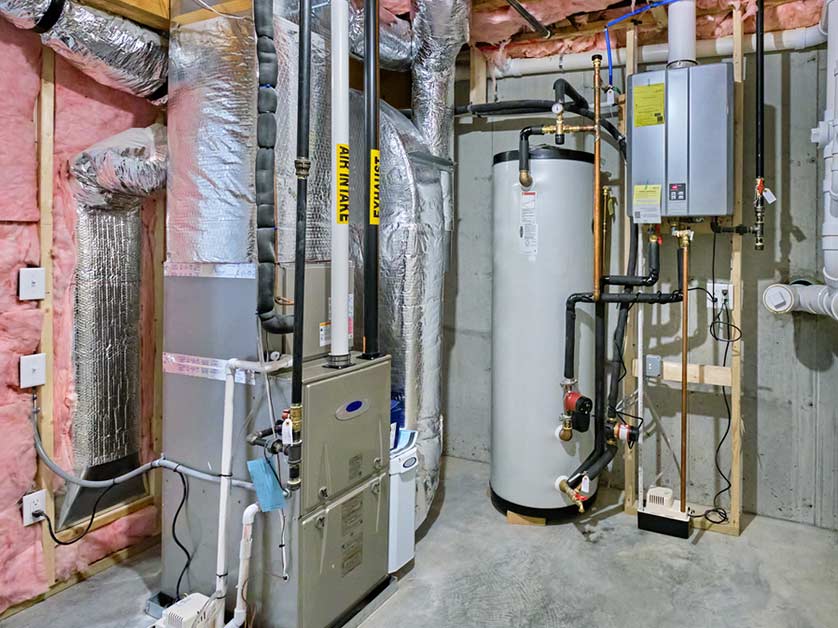24/7 furnace repair for safety and reliability: Get fast and quick help
24/7 furnace repair for safety and reliability: Get fast and quick help
Blog Article
The Ultimate Guide to Heater Setup for a Cozy Home
Heating system setup is a vital aspect of preserving a comfy home environment, specifically during the chillier months. As you consider these factors, the question stays: what actions can you take to ensure your furnace offers you well for years to come?
Sorts Of Heaters

Gas heaters are one of the most typical choice due to their performance and reduced operational costs. They utilize natural gas or propane, supplying fast home heating and consistent performance, making them excellent for cooler climates.
Electric heating systems, while usually much easier to set up and maintain, have a tendency to have greater functional prices. They are usually favored in locations where gas service is inaccessible or for homes with existing electric framework.
Oil furnaces, though less common today, stay a feasible alternative in specific areas. They burn home heating oil, which can be helpful throughout chillier months, but their reliance on oil shipment poses potential challenges.
In addition, there are high-efficiency models offered across these types, which can significantly reduce energy intake and utility bills - furnace installation. Ultimately, understanding these furnace types will certainly assist homeowners select a system that straightens with their heating requires, budget, and power choices
Choosing the Right Size
Selecting the ideal dimension for a heater is vital to making certain optimal performance and energy performance. A small heating system will certainly battle to keep comfortable temperatures throughout the cool months, causing raised deterioration, higher power costs, and potential system failing. Conversely, an extra-large heating system might cycle on and off too frequently, resulting in inefficient home heating and uneven temperature level circulation within the home.
To identify the correct furnace dimension, an estimation understood as the Manual J load estimation must be carried out. This process evaluates various elements, consisting of the square video footage of the home, insulation degrees, home window dimensions, and local environment problems. This extensive analysis ensures that the heater meets the certain home heating demands of the room.

Installation Process Overview
In regards to products, you will require ductwork, insulation, and securing tape to ensure optimum airflow and power efficiency - furnace installation. It is also essential to have a brand-new furnace filter on hand, together with airing vent products, such as PVC pipeline or steel flue, relying on the sort of heating system being set up
Safety and security tools, including handwear covers, safety glasses, and a face mask, is additionally critical to shield against dirt and debris during setup. Having all these devices and products easily offered not only enhances the process however additionally boosts the safety and performance of the heater installation.
Upkeep Tips for Durability
To make sure the long life of your heater, it is important to implement a normal upkeep routine that deals with vital components of the system. Begin by replacing or cleaning up the air filter each to three months, as a clogged filter can restrict air movement and reduce efficiency. Furthermore, examine and clean the blower assembly to avoid dust accumulation that can impede performance.
Next, examine the thermostat settings and rectify if needed to make sure precise temperature level regulation. Examine the ductwork for leaks or obstructions, as this can bring about power loss and unequal heating. Regularly lube the motor and bearings according to the producer's suggestions to decrease deterioration.
Specialist evaluations should take place annually, where a certified technician can evaluate the heating system's overall problem, check for gas leaks, and ensure that safety and security attributes are working appropriately. Think about mounting a programmable thermostat to maximize energy use and keep regular home temperature levels. By taking on these upkeep a knockout post practices, you can enhance your heating system's effectiveness, prolong its life expectancy, and eventually enjoy a comfy and comfy home setting.
Final Thought

Report this page